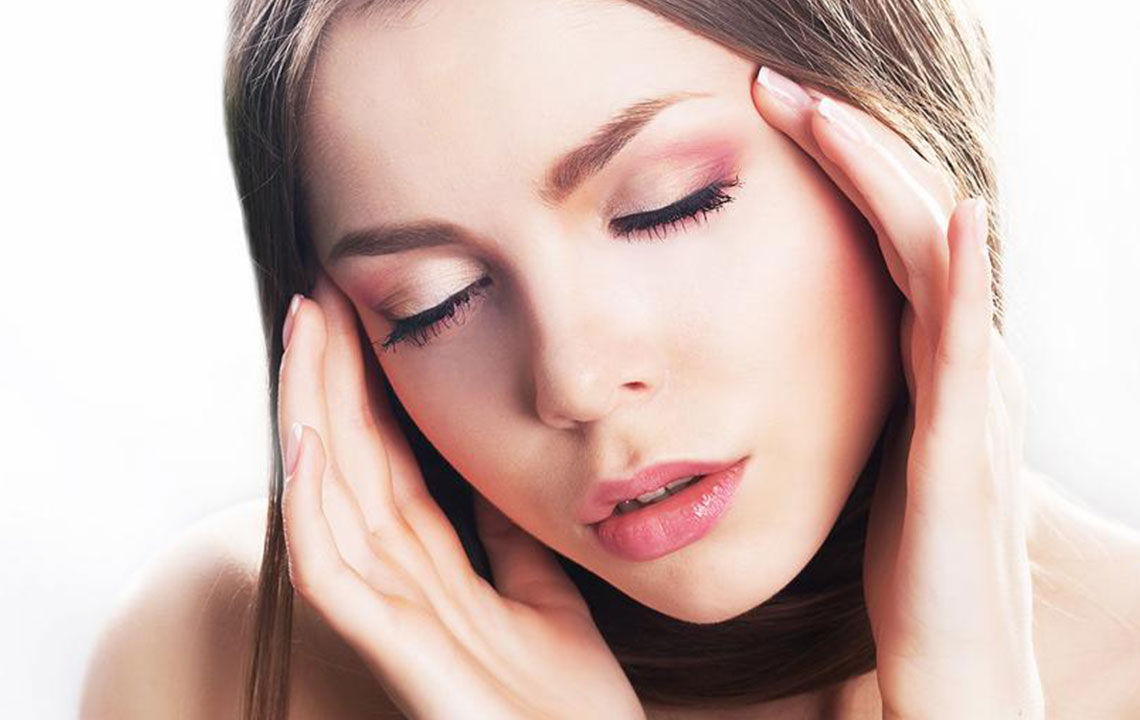Understanding Migraine: Causes, Symptoms, and Management Strategies
This article explores migraine causes, symptoms, and effective management strategies. It highlights common triggers such as stress, lifestyle factors, and hormonal changes, along with symptoms like intense headaches and visual disturbances. The piece offers practical advice on lifestyle adjustments, self-care, medication options, and alternative therapies like acupressure. Emphasizing that migraines are manageable but not fully curable, it urges readers to seek professional guidance for personalized treatment plans. Suitable for those suffering from recurring headaches seeking relief.

Understanding Migraine: Causes, Symptoms, and Management Strategies
A migraine is a severe, recurring headache that typically affects one side of the head. It is a neurological disorder often accompanied by nausea, blurred vision, and speech difficulties.
This condition can start in childhood and persist into adulthood. Migraines tend to run in families, making them hereditary. An individual may experience episodes at any age, with pain lasting several hours or more in some cases.
Common causes of migraines
While the exact cause remains unknown, various triggers may contribute. Bright lights, high stress, loud noises, skipping meals, irregular sleep, smoking, alcohol, and strong odors are common catalysts. Other factors include frequent travel, intense physical exertion, hormonal fluctuations in women, dehydration, barometric pressure shifts, and certain foods.
Signs and symptoms
The primary symptom is a pounding headache, often on one side. Before the headache begins, early signs may appear, such as increased appetite or food cravings, feelings of depression, fatigue, yawning, irritability, and neck stiffness.
Additional symptoms during the attack include blurred vision, speech difficulties, flashes of light, visual distortions, tingling sensations in limbs and face, nausea, dizziness, vomiting, and heightened sensitivity to light and sound. Mood swings and emotional shifts, like euphoria or apathy, are also common. A mild headache may persist even after the main symptoms subside.
Managing and treating migraines
While migraines cannot be completely cured, they can be managed to reduce their frequency and intensity. Treatment plans depend on individual factors such as age, migraines frequency, type, and severity.
Approaches include lifestyle modifications to reduce stress, self-care strategies like resting in a dark, quiet room, massaging temples, or applying cold compresses on the forehead. Over-the-counter medications like acetaminophen can help alleviate pain. Counseling may assist in addressing stress and lifestyle issues. Hormone therapy can be considered for women experiencing migraines linked to menstrual cycles. Additionally, acupressure on specific hand and finger points can offer relief by stimulating nerves connected to the brain.
Important note:
Our blog offers valuable insights across various topics, but this information should not be regarded as a definitive medical diagnosis. Readers are encouraged to consult healthcare professionals for personalized advice. The site cannot be responsible for inaccuracies or differences in data across other sources. Further, some relevant schemes and offers might not be covered here.










